If it seems to you as if every cruise line in the world keeps announcing new ships and major renovations of older ships, you're not wrong: the cruise industry keeps growing, and companies are competing in a whirl of newer, bigger, better, and more features.
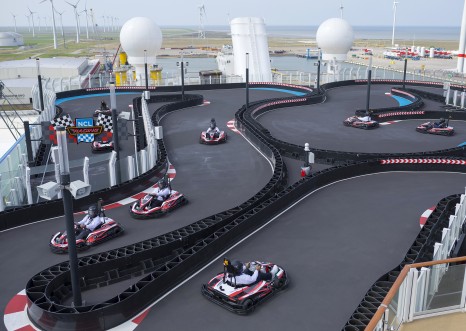 Yes, that's on the top deck of an NCL cruise ship, not on land.
Yes, that's on the top deck of an NCL cruise ship, not on land.
But whether it's the Big Three of cruising (Carnival, Royal Caribbean, Norwegian Cruise Line and all their various brands) or an up-and-coming player like Viking Ocean, there are really only two big players in the cruise ship building industry these days, though that may be changing.
In the postwar era, the number of companies building ships in Europe and the Americas has shrunk. That's due to a number of factors, as more cargo has shipped by air, as small freighters have given way to large container ships and even tankers have become fewer and huger. And, the rise of lower-cost shipbuilding in places such as Korea, China and India has taken most of the freighter market, which is currently not doing all that well, either.
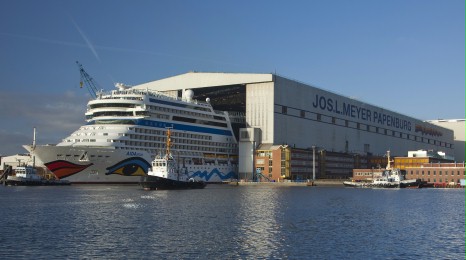 But cruise ships are a different story. Demand is growing, and companies are expanding their fleets, and that's keeping business sweet for the cruise ship builders: Italy-based Fincantieri and Germany's Meyer Werft. Between them they dominate the industry; at the end of last year, of 59 large cruise ships under construction, they were building 59.
But cruise ships are a different story. Demand is growing, and companies are expanding their fleets, and that's keeping business sweet for the cruise ship builders: Italy-based Fincantieri and Germany's Meyer Werft. Between them they dominate the industry; at the end of last year, of 59 large cruise ships under construction, they were building 59.
The two companies made similar strategic decisions when most shipbuilding was moving to Asia; they aggressively went after the cruise ship business, and bought up the yards and assets of failing competitors. That includes the yards of STX, a Korean builder that had acquired operations in Europe.
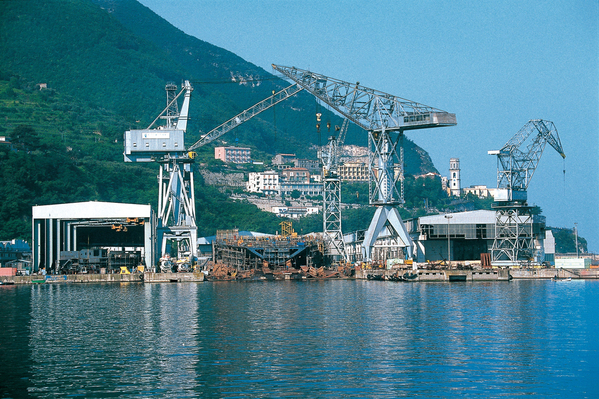
Another part of the reason they've been able to create a duopoly is the specialized nature of the business. Unlike plain-vanilla freight carriers, each cruiser is a custom order—even when it's a sister to a just-built ship. Royal Caribbean's Oasis-class ships are all similar in size, but differ based on where they will operate: More boutiques for Chinese cruisers, more casino space for Americans.
Pierfrancesco Vago, CEO of #4 company MSC Cruises, told the Wall Street Journal a while ago that designing a new ship is "like custom-fitting a Rolls Royce but at a much bigger scale." It takes months to sort out the network of specialized suppliers that have to work with the shipyard.
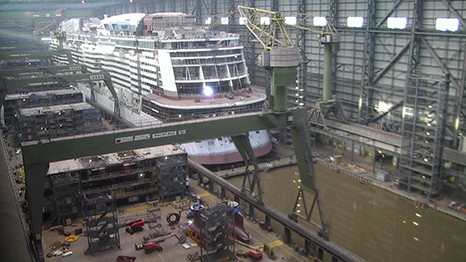
Orders for the two giants have more or less doubled, with $19.5 billion in orders last year compared to half that in 2015. And the backlog keeps growing. Vago said, “They are the only ones that can do cruise ships and this keeps the industry sustainable. The yards are full, and the more ships we get, the bigger the demand from passengers. It’s a good place to be in shipping.”
Carnival, to take one example, currently has 18 ships on order between the two, and buys 3-4 ships a year for its nine brands. It, NCL and RC have about 80% of the world market, which is projected at 27.2 million passengers this year, up 5.4% from last year and 10% from the year before.
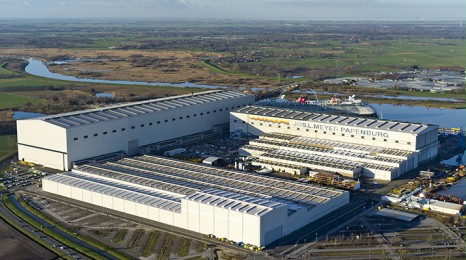
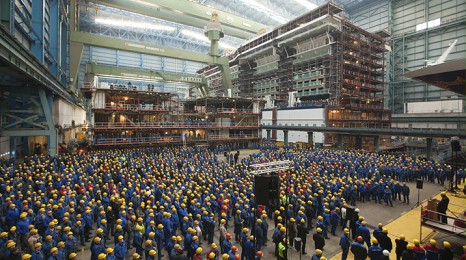
That's how many workers it takes to build a new cruise ship at Meyer Werft
Cruising, which not long ago was heavily centered in the Caribbean and the Mediterranean, has grown out from those areas, and has leaped oceans; some of the fastest growth is in Asian and Australian markets.
And that growth in Asia may lead to a change in the two companies' duopoly. China is one of the hottest cruise growth markets, both for inbound and outbound passengers, and China's shipbuilding industry has still not recovered from the crash in the freighter market a few years ago.
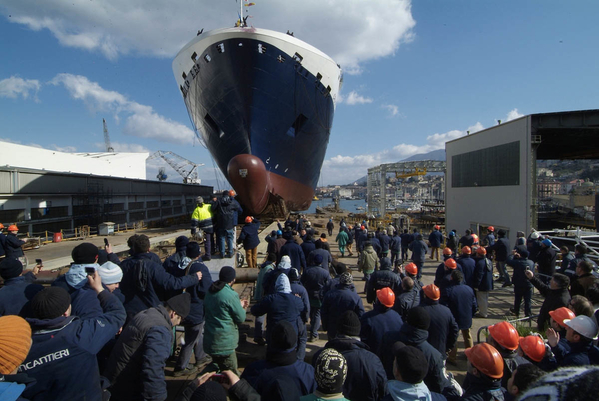
The Chinese government has marked cruise shipbuilding as a major objective in its economic plan for "Made In China 2025" and has suggested to Carnival that its growth in China could depend on buying China-built ships.
Recognizing the complexity of getting into that market and developing networks of suppliers, China has turned to experts for advice and development: Fincantieri. Urged by its biggest customer, Carnival, the Italian company has sent several hundred workers to China to work with two Chinese companies on future projects.
Where China plans to begin growing its share of the industry
The joint venture with Fincantieri and Carnival includes China State Shipbuilding Corporation building two 5000-passenger ships for Carnival, with an option for more. So now, the question becomes: Can the industry keep growing fast enough to make room for China while staying profitable in Europe?
Media photos from Fincantieri and Meyer Werft










Comments (0)